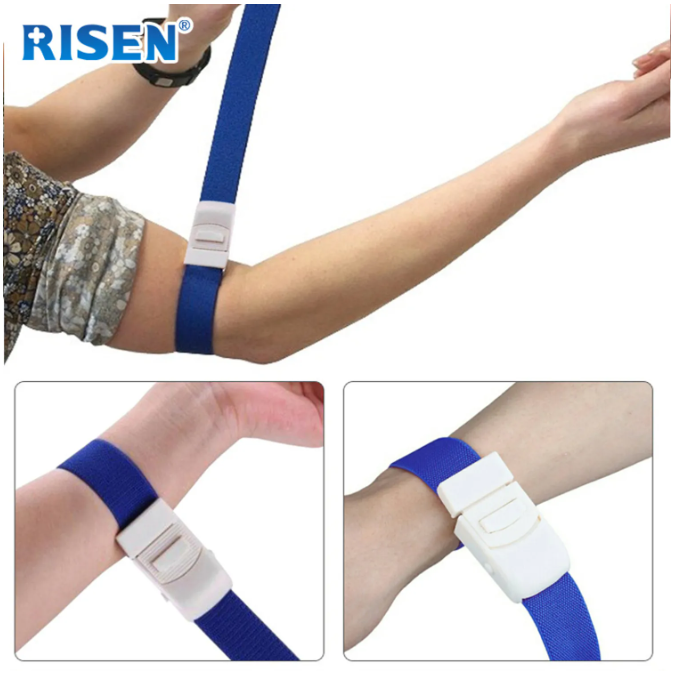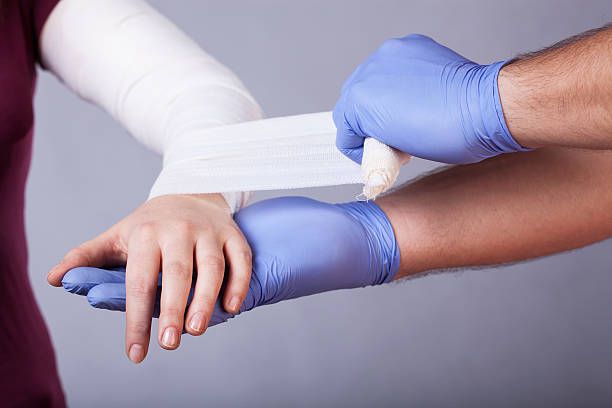
GET A QUOTE
What Are the 5 Basic First Aid Techniques Everyone Should Know?
In emergencies, knowing the 5 basic first aid techniques can make the difference between life and death. First aid involves providing essential care to an injured person before professional medical help arrives. Anyone trained in first aid can potentially save a life by acting swiftly and effectively. This blog will explore the five fundamental types of first aid everyone should know. Understanding these methods ensures you can confidently handle various emergencies, from cardiac arrest to broken bones.
Cardiopulmonary Resuscitation (CPR)
Cardiopulmonary Resuscitation (CPR) is one of the most critical first aid skills. It is essential in cases of cardiac arrest, where the heart stops beating effectively. Knowing how to perform CPR can help restart a person’s breathing and maintain blood circulation until paramedics arrive.
How to Perform CPR
First, ensure the person’s airway is clear. Then, provide rescue breaths to deliver oxygen, followed by rhythmic chest compressions to maintain blood circulation. Performing CPR correctly can be lifesaving, but this first aid technique requires training and practice to ensure you can execute it correctly during an emergency.
Controlling Bleeding
Stopping excessive bleeding is another crucial aspect of basic first aid. Severe bleeding can lead to shock or even death if not managed promptly.
Steps to Control Bleeding
To control bleeding, apply direct pressure to the wound using a clean cloth or bandage. If possible, elevate the injured limb above the level of the heart. For severe bleeding, applying a tourniquet may be necessary. Understanding how to control bleeding and when to seek medical help is essential, as identifying the type of bleeding and its severity will determine the appropriate action.
Treating Burns
Burns are common injuries that can result from heat, chemicals, or electricity. First aid for burns involves immediate and appropriate care to prevent further damage and promote healing.
How to Treat Burns
First, eliminate the cause of the burn, whether it’s heat, a chemical, or electricity. Then, run cool (not cold) water over the burn for several minutes. For minor burns, apply aloe vera gel to soothe the skin. Major burns, however, require immediate professional medical treatment. Knowing the proper first aid for burns can significantly affect the healing process and reduce the risk of complications.
Assisting a Choking Victim
Choking can quickly become life-threatening if not addressed immediately. First aid for choking involves recognizing the signs of choking and knowing the correct procedures to clear the airway.
Recognizing and Assisting Choking
If a person cannot cough, speak, or breathe, they are likely choking. For conscious individuals, perform the Heimlich maneuver by using abdominal thrusts to dislodge the obstruction. For infants or unconscious individuals, alternate between back blows and chest thrusts. Understanding the signs of choking and knowing how to respond can prevent serious injury or death.
Managing Broken Bones
First aid for broken bones is essential to prevent further injury and ensure proper healing. Treat any suspected fracture with care, as improper handling can worsen the injury.
Steps for First Aid in Broken Bones
First, immobilize the injury using a splint to stabilize the broken limb. Do not try to straighten it. Apply a cold pack to reduce swelling and then transport the person to a hospital for professional evaluation and treatment. For severe fractures, especially those involving the spine, head, pelvis, or thigh, wait for emergency services to move the injured person.
Why Basic First Aid Knowledge Is Essential
Understanding the 5 basic first aid techniques can transform you into a first responder in various emergency scenarios. Whether at home, work, or in public spaces, this knowledge equips you to handle situations confidently and effectively. Providing immediate first aid can stabilize a person's condition, reduce the severity of their injuries, and potentially save their life.
Enhancing Workplace Safety with First Aid Training
Ensuring that employees are trained in basic first aid is crucial for maintaining a safe workplace. First aid training programs, such as those offered by MHSA, prepare individuals to respond appropriately to different emergencies. By scheduling regular training sessions, employers can create a safer environment and empower their staff with life-saving skills.
Benefits of Workplace First Aid Training
Preparedness ensures that employees are ready to respond to emergencies. Knowledge of first aid can help prevent accidents, and promoting a culture of safety and care within the organization enhances overall workplace safety. Investing in first aid training for your team is a proactive step towards safeguarding your workplace.
Conclusion
Understanding the 5 basic first aid techniques is crucial for everyone. These skills empower individuals to respond effectively in emergencies, potentially saving lives. Whether you're at home, work, or out in the community, knowing how to perform CPR, control bleeding, treat burns, assist choking victims, and manage broken bones can make a significant difference.
At RisenMedical, we recognize the importance of first aid knowledge and safety in everyday life. That's why we are committed to providing high-quality medical supplies and equipment to support individuals, families, and healthcare professionals. From bandages to IFAK, our products are designed to enhance preparedness and ensure prompt and effective response in emergency situations. Trust RisenMedical to be your partner in promoting safety and well-being.
Frequently Asked Questions About First Aid
What Are the 5 Basic First Aid Techniques?
The five basic first aid techniques are CPR, controlling bleeding, treating burns, assisting choking victims, and managing broken bones. Each of these skills addresses common emergencies and can be lifesaving.
How Often Should First Aid Training Be Updated?
First aid training should be updated regularly, ideally every two years, to ensure skills and knowledge remain current. Refresher courses help reinforce techniques and incorporate any new first aid protocols.
Can Anyone Learn First Aid?
Yes, anyone can learn first aid. Basic first aid training is designed to be accessible and understandable for all, regardless of prior medical knowledge. It empowers individuals to act confidently in emergencies.


